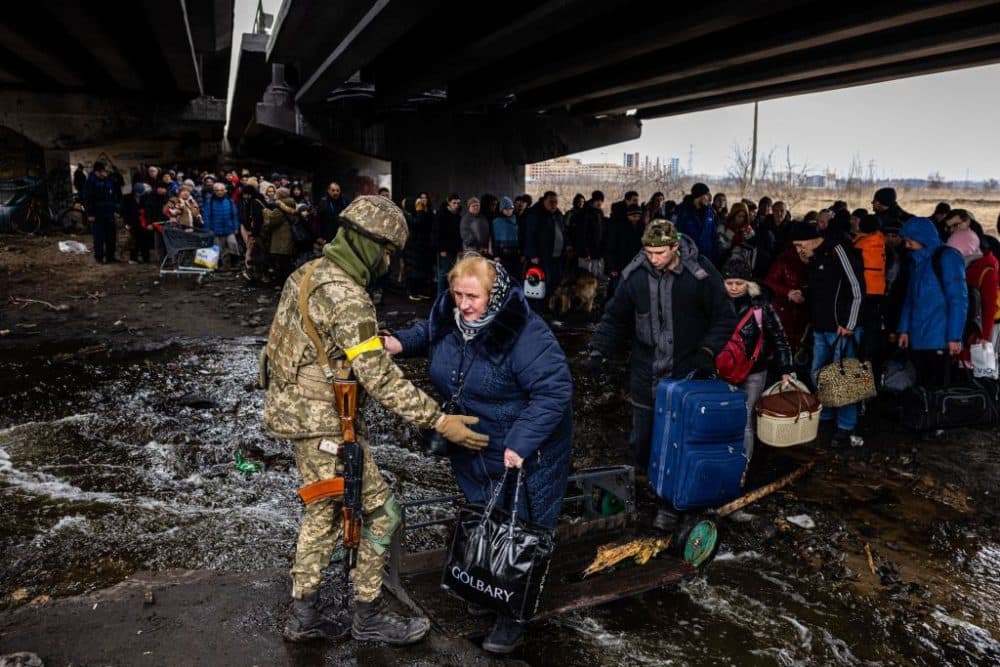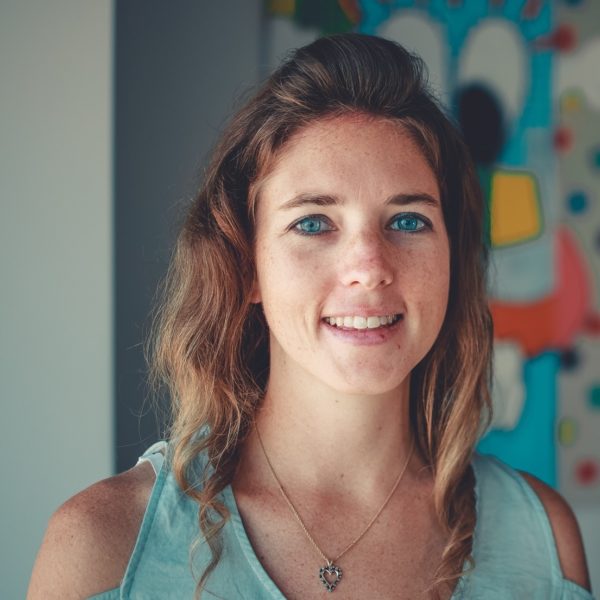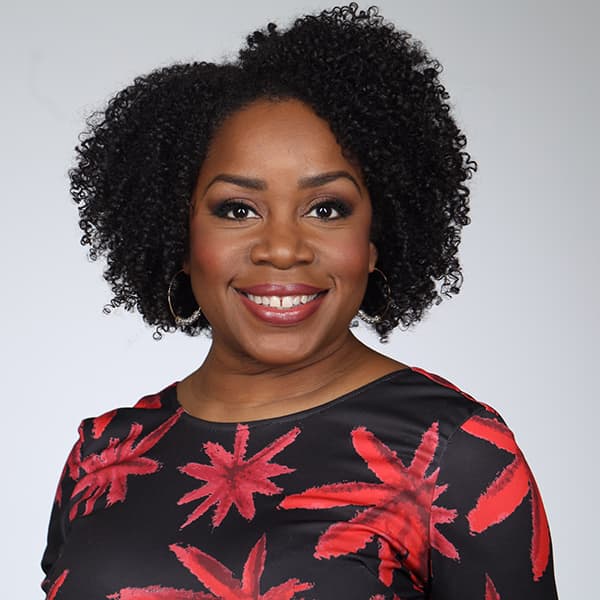Advertisement
Daily life in Ukraine after a year of war
Resume
Sign up for the On Point newsletter here.
Life in Ukraine over the past 12 months has been anything but normal.
Since Russia invaded Ukraine one year ago this week – nearly 8,000 civilians have been killed, 11,000 injured and millions displaced.
Power outages are also common and can last for hours, and even days. All the while — rockets are being shot down in the air.
"We have not to survive the war. We have to live through the war," Ivan Gomza, professor of political science at the Kyiv School of Economics, says.
Today, On Point: We hear from Ukrainians about their year of living through war.
Guests
Ivan Gomza, we spoke with Ivan last May after he had just returned to Kyiv after being internally displaced in Lviv with his wife and young daughter. Professor of political science at the Kyiv School of Economics.
Olga Buzunova, co-founder of the Ukraine Witness Project.
James Elder, UNICEF representative in Ukraine. (@1james_elder)
Also Featured
Julia Tymoshenko and Serhiy Tymoshenko, the Ukrainian village Zavorychi, where Julia grew up and where her father still lives, was occupied by Russian soldiers back in March 2022. (@YuliaTymosha)
Transcript: Life during war in Ukraine
KIMBERLY ATKINS STOHR: It’s been just under a year since Russia invaded Ukraine. A year that has transformed the lives of every Ukrainian.
So this hour we’re going to hear from Ukrainians about what they have been through these past twelve months, and how, if they do, they find hope. Ukrainians like Julia Tymoshenko and her father Serhiy Tymoshenko.
When the Russian invasion began on February 24th last year – Julia and her mother fled to Lviv, close to the Polish border. Her father, Serhiy, chose to stay in Zavorychi, the small village where Julia grew up, and from where her father commuted to his job in the capital, Kyiv.
Serhiy told us about that moment when he realized that his village was an early target of Russian forces. Julia relays his story.
JULIA TYMOSHENKO: On the 6th of March, he was returning back. And he usually takes a train and the train stopped, like one stopped before our village, so in the village nearby, because going to our village, the bridge, which also would connect to the train, was destroyed.
ATKINS STOHR: Serhiy got off the train and walked across a foot bridge to cross the river into his village.
TYMOSHENKO: And as he says, direct quote, When I was walking into the village, the people were running towards me and like yelling, ‘Where are you going? Like, turn around, because there are already tanks approaching.’
ATKINS STOHR: Meanwhile, Julia was hundreds of miles away and terrified when she learned that the village where her father and grandparents still remained – was under attack.
TYMOSHENKO: It was like probably one of the hardest times in my life. I was extremely anxious. And I remember just crying because I saw the images of the church burning were on CNN that day. And that church, I'm not religious, but the church is a very big symbol of my home.
CNN [Tape]: Look at this, this is a church hit by Russian forces about thirty miles from Kyiv.
ATKINS STOHR: The small wooden church in Julia’s village dated from the 19th century. That CNN video shows the church with its bright blue walls and green roof ablaze. Julia feared what the Russian forces might do next.
TYMOSHENKO: Obviously, I was really horrified that they might start going into houses and they might start, you know, taking away food from people, interacting or even worse, killing them.
ATKINS STOHR: It didn’t take long for Julia’s fears to be realized.
TYMOSHENKO: That day when they entered the village they decided to go to the center and basically, they started breaking into shops and stores and just like stealing and looting. And also, they started to situate themselves into the people's houses in the village to spend the night.
So my dad is saying that also the civilians and the people started to kind of situate themselves in the cellars and make themselves kind of comfortable and make, as he says, direct quote, 'Appropriate conditions in the cellar as much as you can to spend the night while the hostilities were happening.'
ATKINS STOHR: Luckily, they never broke into Serhiy’s home, but they came very close. He watched from his windows as they broke into his neighbor’s house and looted it. It was a terrifying time.
TYMOSHENKO: Then they also were torturing multiple people and they tortured to death. There was a couple people that as well ... didn't have electricity or heat in their house and they went to their neighbor and those were old people, 60, 65 years old.
And they were found in a cellar later. And they were found with torture wounds like their body was like blue, like their limbs were like, broken, their faces were completely beaten up and they were thrown in the cellar. And one more guy, he says, was also tortured and killed. And then when they interacted with the villagers, they would always point guns at you, and they would take away phones as well.
ATKINS STOHR: And this lasted for weeks. Serhiy and his neighbors lived in fear – not knowing what would happen next. Until – the Ukrainian forces showed up.
TYMOSHENKO: And I read it on Twitter, like I read the name of my village and the other village that I went to school, that I was liberated in the liberation of Kyiv region wasn't officially announced yet, but that's already made me feel so hopeful and then and just happy. I think that's the first moment they felt happy and hopeful and the whole amount in the house of the war.
And then the same few hours later, my dad actually sent me a text message that reads, Ours are here. Like our guys, which means like our armies are here. And that was like one of the most incredible messages I've ever received in my life.
ATKINS STOHR: That was on March 28th. After more than three weeks of Russian occupation – the family’s village was now free. But much rebuilding was needed.
Roughly 15 homes in the village were damaged or completely destroyed, the church in ruins, and the bridge connecting the train to Kyiv was in need of repair.
Today, the train is back up and running, so Serhiy Tymoshenko has resumed his commute, and in June last year Julia Tymoshenko and her mom returned to Kyiv.
This program aired on February 21, 2023.

